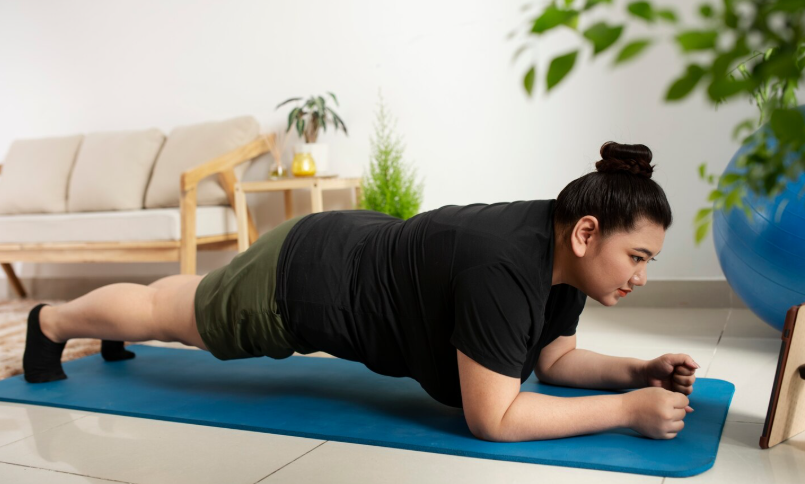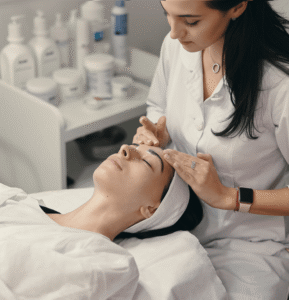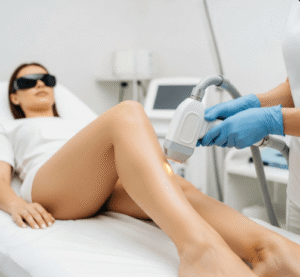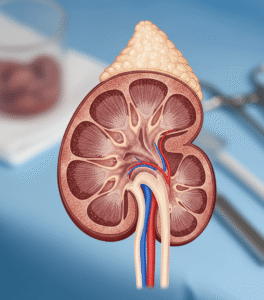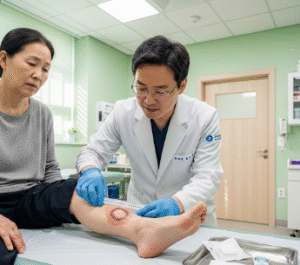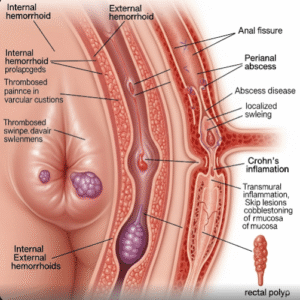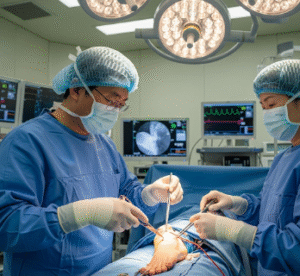What It Is
Abdominal etching is a specialized form of liposuction that sculpts the abdominal area to create the appearance of well-defined, athletic “six-pack” abs. Instead of removing fat evenly across the stomach, the surgeon selectively removes fat around the natural muscle lines, highlighting the underlying abdominal muscles.
In Korea, abdominal etching is performed in advanced plastic surgery clinics using micro-liposuction and high-precision contouring tools to produce natural-looking, sculpted results.
Why It’s Done
Abdominal etching is sought by both men and women who:
- Want visible abdominal definition without relying solely on exercise.
- Struggle to achieve a toned midsection despite being fit.
- Desire a more athletic and sculpted torso for improved body aesthetics.
- Seek enhanced confidence in swimwear, sportswear, and daily appearance.
It is especially popular among patients who already maintain a healthy lifestyle but have stubborn fat covering their abdominal muscles.
Alternatives
Other treatments may be considered before abdominal etching:
- Traditional liposuction: Removes fat evenly but does not create muscle definition.
- High-intensity training & diet: Natural methods to reduce body fat, though some patients cannot achieve visible abs due to genetics.
- Non-surgical fat reduction: Treatments such as cryolipolysis (fat freezing) or ultrasound contouring offer mild fat reduction but limited sculpting.
- Abdominoplasty (tummy tuck): For patients with loose skin, this surgical option may be better suited than etching.
Preparation
Preparation for abdominal etching typically includes:
- Consultation: A detailed discussion with a plastic surgeon, including an evaluation of fat distribution and skin elasticity.
- Medical examination: Blood tests and health assessments to confirm surgical readiness.
- Lifestyle adjustments: Avoiding smoking and alcohol at least 2–4 weeks before surgery.
- Medication review: Stopping blood thinners or supplements that may increase bleeding.
- Recovery planning: Arranging for light support at home during the first few days after surgery.
How It’s Done
Abdominal etching is performed under local anesthesia with sedation or general anesthesia, depending on the case. The typical steps are:
- Marking: The surgeon outlines the abdominal muscles and planned etching areas.
- Incisions: Small, discreet incisions are made near the belly button or natural creases.
- Tumescent solution: A fluid mixture is injected to minimize bleeding and loosen fat.
- Precision liposuction: Fat is selectively removed around the natural muscle lines, creating the appearance of defined abs.
- Closure: Small sutures or adhesive strips close the incisions.
The procedure usually takes 1–3 hours.
Recovery
Recovery from abdominal etching is generally faster than from major abdominal surgeries:
- First week: Swelling, bruising, and mild discomfort are common. Compression garments are worn to support healing and help define results.
- Mobility: Light walking is encouraged immediately, but strenuous activities and abdominal workouts should be avoided for 4–6 weeks.
- Follow-up visits: Needed to monitor healing and ensure proper sculpting.
- Final results: Visible within a few weeks, with full definition appearing after 3–6 months when swelling completely resolves.
Possible Complications
Although considered safe, abdominal etching does involve risks:
- Infection or bleeding at incision sites.
- Irregular contours or asymmetry.
- Prolonged swelling or fluid accumulation (seroma).
- Temporary numbness or changes in abdominal skin sensation.
- Rare but serious risks such as deep vein thrombosis (DVT) or anesthesia-related complications.
Choosing a highly experienced surgeon minimizes these risks.
Treatment Options in Korea
Diagnosis
- Detailed evaluation of body fat distribution and abdominal muscle structure.
- Customized treatment planning, often using body analysis tools or 3D imaging.
Medical Treatments
- Pain management and preventive antibiotics prescribed post-surgery.
- Use of advanced compression garments designed to enhance abdominal definition.
Surgical or Advanced Therapies
- Traditional abdominal etching: Standard technique using fine cannulas for precision sculpting.
- High-definition liposuction (HD-Lipo): Advanced technology for more detailed, athletic contouring.
- Combination procedures: Abdominal etching with flank or chest liposuction for a more comprehensive torso transformation.
Rehabilitation and Support
- Post-operative massage or lymphatic drainage to reduce swelling and smooth contours.
- Scar management therapies to minimize incision marks.
- Dedicated international patient coordinators offering translation and ongoing support, including virtual consultations after patients return home.

